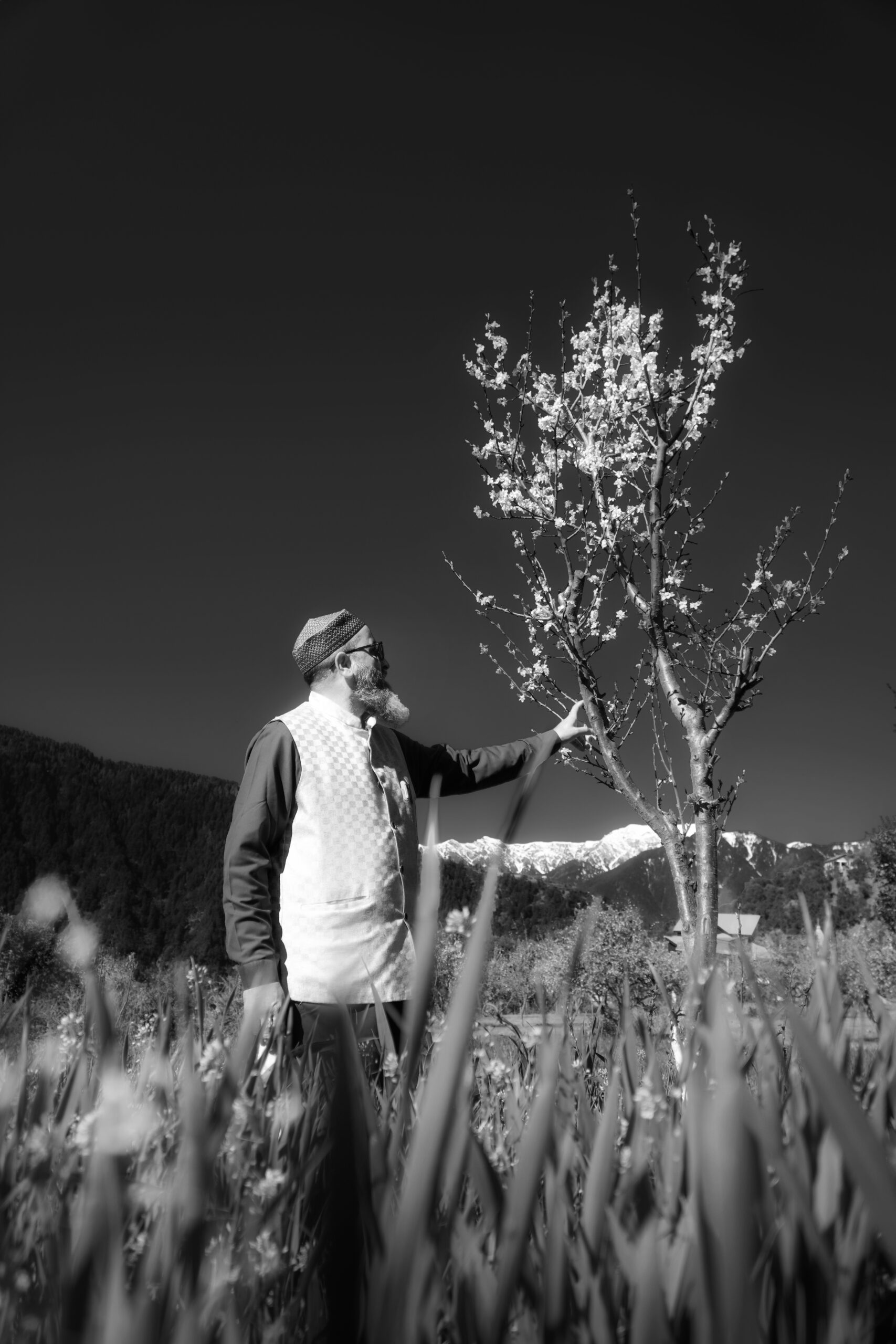So you’re looking for a way to relax and unwind after a long, stressful day? Well, look no further, because Tui Na Massage might be just what you need. This ancient Chinese practice combines various massage techniques and principles of Traditional Chinese Medicine to help alleviate pain, reduce stress, and promote overall well-being. Whether you’re in need of some relief for your tired muscles or want to improve your energy flow, Tui Na Massage can offer you a rejuvenating experience like no other.
What is Tui Na Massage?
Tui Na massage is a traditional Chinese form of therapeutic massage that has been practiced for thousands of years. Tui Na, which translates to “push” and “grasp,” involves using various hand techniques to manipulate the soft tissues and stimulate specific acupressure points on the body. Unlike other forms of massage, Tui Na aims to balance the flow of Qi, or vital energy, in the body, along with the body’s Yin and Yang energies. This technique is based on the principles of Traditional Chinese Medicine (TCM) and is often used in conjunction with acupuncture and other TCM therapies.
Benefits of Tui Na Massage
Tui Na massage offers a wide range of benefits for both physical and mental well-being. One of the primary benefits of this massage technique is its ability to promote blood circulation and enhance the flow of Qi throughout the body. This can help alleviate pain, reduce muscle tension, and improve overall body function. Tui Na is also effective in treating various musculoskeletal conditions, such as back pain, neck and shoulder tension, and joint disorders. Additionally, Tui Na massage can promote relaxation, reduce stress, and improve sleep quality. Some studies have even suggested that Tui Na may be effective in relieving symptoms of certain medical conditions, such as migraines, digestive disorders, and even anxiety and depression.

Techniques Used in Tui Na Massage
Tui Na massage employs a combination of techniques to target specific areas of the body and address various conditions. The two main techniques used in Tui Na are “Tui” and “Na.”
1. Tui
Tui refers to the pushing technique in Tui Na massage. This technique involves applying pressure and gliding movements with the palms, fingers, and fists to stimulate and manipulate the muscles, tendons, and joints. The therapist may use a variety of intensities and speeds to achieve the desired effect, depending on the client’s condition and comfort level. The pushing technique is particularly effective in releasing muscle tension, promoting blood circulation, and improving range of motion.
2. Na
Na, on the other hand, involves the grasping and lifting technique in Tui Na massage. This technique focuses on applying deep pressure and precise hand movements to specific acupressure points and meridians on the body. The therapist may use their fingers, thumbs, or knuckles to apply pressure and perform techniques such as kneading, twisting, and pinching. The Na technique is beneficial for relieving pain, reducing inflammation, and balancing energy flow in the body.
Conditions Treated by Tui Na Massage
Tui Na massage can effectively treat a wide range of conditions, both acute and chronic. It is highly effective in relieving musculoskeletal pain and discomfort, making it a popular choice for individuals with back pain, neck and shoulder tension, and sports injuries. This technique is also commonly used to improve mobility and flexibility, making it beneficial for individuals with joint disorders or limited range of motion. Furthermore, Tui Na massage can be beneficial for those suffering from stress-related conditions, such as tension headaches, insomnia, and anxiety. It may even provide relief for individuals with digestive disorders, such as irritable bowel syndrome (IBS), by promoting better digestion and reducing symptoms.

Preparation for Tui Na Massage
Before undergoing a Tui Na massage session, there are a few preparations you should consider to ensure a safe and effective experience.
1. Finding a Qualified Practitioner
To ensure the best possible outcome and minimize any risks, it is crucial to find a qualified Tui Na practitioner. Look for someone who is trained and certified in Tui Na massage and has experience in treating your specific condition, if applicable. You can ask for recommendations from friends, family, or healthcare professionals, or research local Tui Na practitioners online. It is important to check their credentials, read reviews, and possibly schedule a consultation to discuss your needs and concerns.
2. Consultation
Before the Tui Na massage session, you may be required to undergo a consultation with the practitioner. During the consultation, the practitioner will discuss your medical history, current health condition, and any specific issues or concerns you may have. This information will help the practitioner tailor the treatment to your individual needs and ensure that there are no contraindications or risks associated with receiving Tui Na massage. It is important to be honest and thorough during the consultation to receive the most effective and safe treatment.
What to Expect During a Tui Na Massage
Knowing what to expect during a Tui Na massage session can help you relax and fully benefit from the treatment.
1. Clothing
Unlike some other forms of massage, Tui Na is typically performed with the client fully clothed. Loose and comfortable clothing is recommended to allow freedom of movement during the session. It is advisable to avoid wearing restrictive or tight clothing that may interfere with the therapist’s movements or cause discomfort.
2. Environment
A typical Tui Na massage session takes place in a quiet and peaceful environment, similar to other massage treatments. The room is usually dimly lit, with soft music playing in the background to create a relaxing atmosphere. The therapist may also use aromatherapy oils or herbal balms to enhance the therapeutic experience. The massage table or chair will be adjusted to provide optimal comfort for the client.
3. Technique
During the Tui Na massage session, the therapist will use a combination of Tui and Na techniques, as well as other complementary techniques, depending on your individual needs. The therapist will apply pressure, knead, and manipulate specific areas of your body, focusing on the areas of tension or discomfort. They may also incorporate stretching or gentle joint mobilization techniques to improve mobility. It is normal to feel some pressure and sensation during the session, but you should communicate any discomfort or pain to the therapist to ensure a comfortable experience.

Post-Treatment Care and Recommendations
After a Tui Na massage session, it is important to take care of yourself to maintain the benefits and promote healing.
It is advisable to drink plenty of water to stay hydrated and assist in flushing out any toxins released during the massage. Resting and avoiding strenuous physical activities immediately after the treatment can also be beneficial. It is common to experience some soreness or tenderness in the areas that were targeted during the massage, but this should subside within a day or two. If you have any concerns or experience prolonged discomfort, it is best to consult with your Tui Na practitioner.
Research on the Efficacy of Tui Na Massage
Research on the efficacy of Tui Na massage is ongoing, and many studies have shown promising results. A study published in the Journal of Manipulative and Physiological Therapeutics found that Tui Na massage was effective in reducing chronic neck pain and improving function compared to a control group. Another study published in the Journal of Traditional Chinese Medicine concluded that Tui Na massage was beneficial in treating symptoms of osteoarthritis of the knee. These and other studies suggest that Tui Na massage can be a valuable complementary therapy for various conditions, although more research is needed to further validate its efficacy.
Is Tui Na Massage Safe? Precautions and Contraindications
Tui Na massage is generally safe when performed by a qualified practitioner. However, there are a few precautions and contraindications to consider:
- Certain medical conditions, such as fractures, severe osteoporosis, open wounds, or skin infections, may require avoiding Tui Na massage or adjusting the treatment techniques.
- Pregnant women should consult with their healthcare provider before receiving Tui Na massage, as certain techniques and pressure points may not be suitable during pregnancy.
- It is important to inform the practitioner of any allergies, sensitivities, or existing medical conditions before the session to ensure a safe and effective treatment.
It is essential to communicate openly with the practitioner and follow their guidance to minimize any potential risks or discomfort.
Conclusion
Tui Na massage is a holistic and effective therapeutic technique with numerous benefits for both physical and mental well-being. By balancing Qi and stimulating specific acupressure points, Tui Na massage promotes relaxation, relieves pain, and improves overall body function. With its long history and proven results, Tui Na massage continues to be a popular choice for individuals seeking natural and holistic approaches to healthcare. By finding a qualified practitioner, understanding the techniques and precautions, and following post-treatment care recommendations, you can experience the many benefits that Tui Na massage has to offer. So why not give it a try and let the healing power of Tui Na massage improve your well-being?
